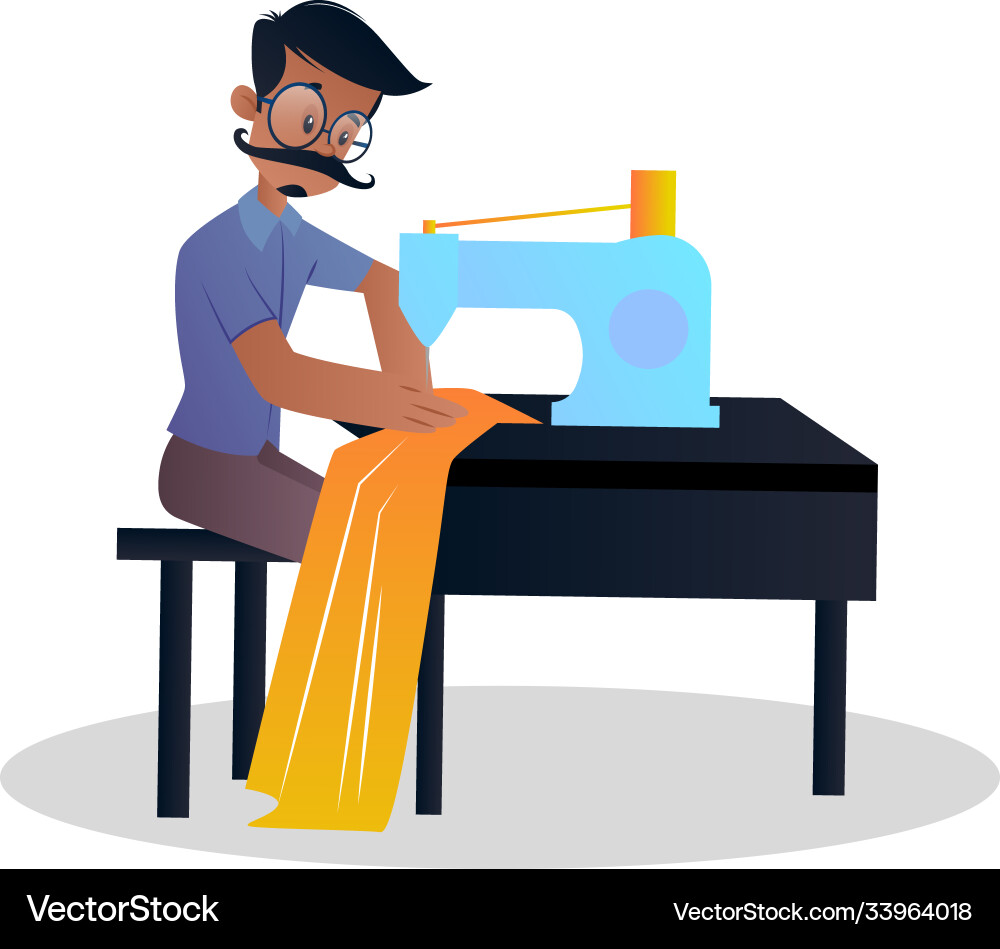Tailor Perth Excellence: Where Quality Meets Personalized Tailoring
Tailor Perth Excellence: Where Quality Meets Personalized Tailoring
Blog Article
Understanding the Tailoring Process: From Fabric Selection to Final Fitting for the Perfect Closet
The tailoring process is an intricate interplay of art and scientific research, starting with the important choice of textile option and finishing in the accurate modifications of final fittings. Each material kind brings unique high qualities that influence not only the aesthetic allure yet additionally the garment's longevity and viability for different occasions.
Relevance of Material Option
Choosing the ideal textile is important in the customizing process, as it directly affects the convenience, resilience, and general visual of the final garment (tailor perth). The choice of material establishes the structure for the garment's efficiency, style, and functionality. Various textiles possess distinct properties, such as weight, stretch, and breathability, which can significantly affect how the garment drapes and fits the body
Furthermore, material choice influences the garment's long life and convenience of treatment. High-quality fabrics can withstand wear and tear, maintaining their look and framework with time, while lower-quality products might cause pilling or fading. Furthermore, the ideal material adds to the garment's capacity to change throughout periods and events, thereby enhancing adaptability.
A tailored piece made from an ideal textile not just showcases craftsmanship but additionally boosts the wearer's confidence. Understanding the subtleties of material selection is extremely important for any kind of tailoring endeavor. It makes certain that the final product not just satisfies the visual wishes of the client yet likewise aligns with useful demands, thereby attaining a harmonious equilibrium between form and feature in the tailored closet.
Sorts Of Fabrics and Their Usages
Comprehending the various kinds of fabrics readily available is crucial for making informed choices during the customizing process. Each textile possesses unique attributes that determine its suitability for certain garments and occasions.
Cotton, recognized for its breathability and softness, is ideal for sportswear and summer season garments. Its flexibility permits it to be tailored into every little thing from t-shirts to outfits. Wool, on the other hand, is preferred for its heat and framework, making it an outstanding selection for formal matches and outerwear - tailor perth. Its all-natural flexibility helps garments preserve form in time.
Silk shows luxury and is lightweight, making it best for eveningwear and fragile shirts; however, it requires careful handling because of its delicacy. Bed linen, with its distinctive coating, is a popular choice for warm climates, supplying a crisp and ventilated feeling, yet it wrinkles easily, which may affect the garment's appearance.
Synthetic materials, such as polyester and nylon, deal durability and resistance to wrinkles, making them appropriate for daily wear and energetic garments. Recognizing these textile kinds and their residential properties enables far better decision-making, ensuring that each customized item not just fits well however likewise aligns with the intended purpose and occasion.
The Tailoring Strategies Clarified
The art of customizing depends on a range of techniques that change textile right into well-fitted garments. Central to this process is pattern drafting, where a dressmaker develops themes based on the client's measurements and wanted design. This initial step makes certain that the garment will certainly fit the wearer appropriately prior to any type of reducing occurs.
When patterns are developed, cutting techniques enter play. Accuracy is extremely important as errors can lead to misfitting garments. Tailors commonly use various reducing techniques, such as single-layer reducing for detailed layouts and multiple-layer cutting for performance on typical patterns.
Basting is one more important strategy, enabling dressmakers to briefly stitch textile assemble discover here for a preliminary installation. This technique offers the possibility to evaluate the drape and total silhouette prior to final sewing.
Seaming methods, consisting of french seams and flat-felled joints, enhance the garment's durability and visual appeal. Tailors likewise use methods such as interfacing and extra padding to offer framework and shape to certain areas, like shoulders and collars.
Lastly, completing techniques, including hemming and side finishing, make certain the garment's durability while giving a refined appearance. Together, these strategies form the foundation of effective tailoring, causing exquisite, custom-fit clothing.
Suitable Changes and Considerations

Secret considerations include the shoulder fit, which ought to neither droop nor limit activity, and the sleeve length, which should permit for comfortable arm activity while preserving a polished appearance. In addition, modifications at the waistline can fine-tune the silhouette, with options to let out or take in material as needed.
The surge of pants is one more vital element; it should rest easily above the hips without creating discomfort, enabling convenience of motion. Hemming lengths for both trousers and skirts ought to reflect the user's preferred design while appreciating proportions.

Keeping Your Tailored Attire
Constantly adhere to the treatment tag directions, which may recommend dry cleaning for fragile textiles or equipment cleaning for even more resilient materials. Avoid frequent laundering, as this can put on down the textile and modify the garment's form.
Storage is equally important; usage cushioned hangers for jackets and coats to preserve shoulder structure, and shop pants folded neatly or hung to stop creasing. Shield garments from straight sunlight, which can discolor shades and damage fibers.
Additionally, routine examinations for minor repair work can prevent bigger problems. Look for loosened buttons, fraying joints, or indications of moth damage, resolving these issues quickly to maintain the garment's stability.
Lastly, take into consideration seasonal turning. Wearing customized pieces in small amounts enables fabrics to recoup, prolonging their lifespan. By carrying out these upkeep methods, you can ensure that your customized garments remain as immaculate as Discover More the day you first used them, improving your ideal closet for years to find.
Conclusion
The customizing process, encompassing material choice, knowledgeable techniques, and accurate fitting modifications, plays a vital duty in developing garments that boost both convenience and design. Recognizing the relevance of upkeep expands the life of customized garments, strengthening their worth in a well-curated closet.
Picking the appropriate textile is crucial in the customizing procedure, as it straight affects the convenience, longevity, and total visual of the last garment. The choice of material sets the foundation for the garment's design, performance, and performance. Various textiles possess distinct buildings, such as stretch, breathability, and weight, which can substantially impact how the garment drapes and fits the body.
The art of customizing depends on a variety of strategies that transform fabric right into well-fitted garments.The tailoring procedure, encompassing textile choice, experienced techniques, and exact suitable adjustments, try this site plays a critical role in developing garments that improve both comfort and style.
Report this page